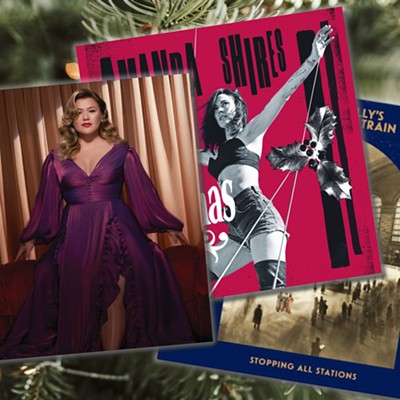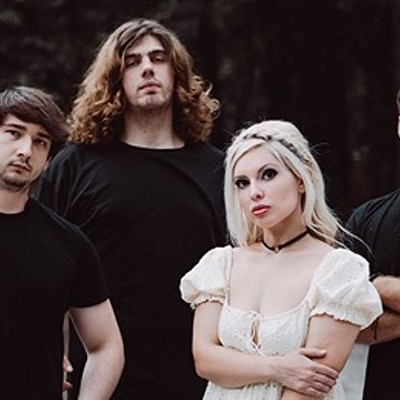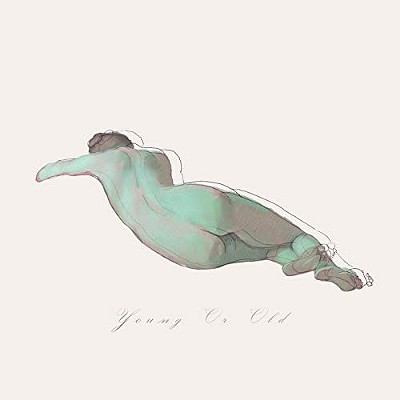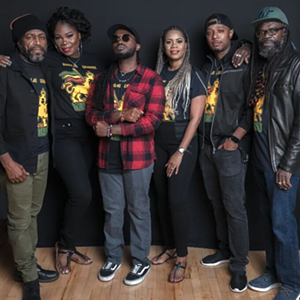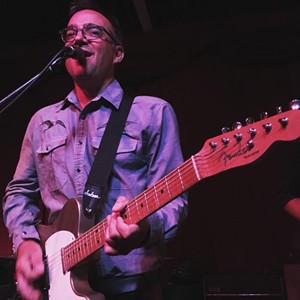One of the great things about the Savannah Music Festival is not only the music, but the venues. Chamber music aficionados are accustomed to enjoying the Festival's chamber offerings in the beautiful and artistic setting of the Telfair Academy. An even more sublime delight is in hearing music in the often-acoustically excellent conditions of local houses of worship.
One such scintillating occasion happened this past Saturday morning, March 31, within the historic walls of Trinity United Methodist Church on Telfair Square. World-renowned cellist/conductor Jonathan Cohen teamed with longtime SMF guest keyboardist Kristian Bezuidenhout in a morning/early afternoon of Bach and lesser-known Beethoven pieces for cello and pianoforte.
The charismatic young Cohen -- whose rich English accent and actorly good looks conjured images of a Harry Potter movie -- began the occasion alone onstage with a performance of Johann Sebastian Bach's Cello Suite No. 1 in G Major, not only one of the key works in the Baroque canon but also known to anyone who's seen the film Master and Commander: Far Side of the World, in addition to other screen depictions.
It's always special and fitting to hear Bach performed in a house of worship. Indeed, that is where the bulk of Bach's music was intended to be performed. He lived, performed and composed during a time when the concept of secularism was somewhat alien and certainly not as we understand it today.
In addition, Bach, who generally worked under commission by churches, dedicated all his music to Christ. In short, the spiritual is always present in Bach's music, and this concert was no exception.
The most noteworthy aspect of this performance, however, was the period aspect of all instruments used. Cohen explained between performances to the audience in the sanctuary that he was using gut strings on his cello, as opposed to modern wound metal strings.
While the sound wasn't as voluminous as we're accustomed to with a modern cello -- "at that time there wasn't a need to project to the back of a large concert hall, as there is today," Cohen said -- the gut strings provide a much greater measure of warmth and dynamic interest to each note.
(Listening to Cohen's forceful yet deeply sensitive playing, I couldn't help thinking of rock guitarist Eddie Van Halen's famous description of the warm, living tone he aspired to: the "brown sound." The genres may be very different, but Cohen also had the brown sound going big-time.)
One major downside of the gut string is its vulnerability to humidity, and Cohen prepared the audience for the inevitability of his having to frequently re-tune between movements. He was right; at a couple of points a tuning peg was so expanded that he had to noticeably wrench it in order to bring the string back into proper pitch.
Cohen's cello was also notably missing the "spike" at the bottom, upon which a modern cellist rests his instrument on the floor. Explaining that the spike is a very recent development, Cohen demonstrated how the lower position of his spike-less cello enabled him to wrap his upper body around the instrument and attain a greater (literal) intimacy with it.
After the solo suite, Cohen was joined by Bezuidenhout, one of the world's most brilliant pianists and an extremely knowledgeable and articulate music historian in his own right. Bezuidenhout played a pianoforte rather than a modern grand piano, which -- like Cohen's gut strings -- enabled a much more sensitive and individualized interpretation, one more able to channel the musician's voice.
Bezuidenhout explained that the modern Steinway grand piano, with it's crossed strings, was a dramatically revolutionary development in the mid-1800s, long after Bach or Beethoven's lifetimes. The pianoforte not only sports knee-powered dampers -- as opposed to modern pedals -- its strings are all parallel to each other.
Bezuidenhout said the pianoforte's more delicate architecture enables a much more personalized dynamic approach; indeed, during several movements when he played with Cohen, he was able to bring some notes in the treble register down to the merest whisper, something nearly impossible to do with a modern symphony piano constructed for more theatrical volume levels.
The Beethoven cello/piano sonata, in particular, was a beautiful marriage of these two period approaches. One could hear Beethoven's linkage with the Baroque tradition of Bach despite the general perception of the later composer as being strictly an angst-ridden Romantic.
After the performance the audience got another real treat with an informal panel discussion led by Fred Child of American Public Radio's "Performance Today." Bezuidenhout , in particular, was enormously informative and entertaining in his descriptions and elucidations.
At one point, explaining how all the great composers actually intended for a great amount of improvisation to be used in performing their works, nearly echoed a scene from Amadeus when he sat behind his pianoforte to play some improvised ornamentations in the manner of Beethoven and Mozart.




